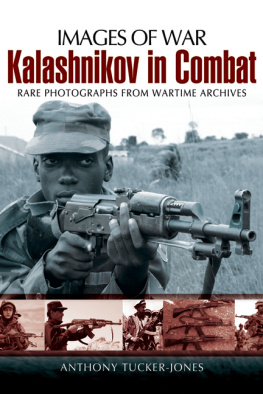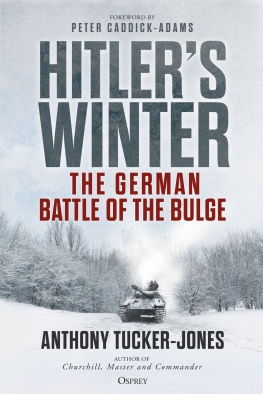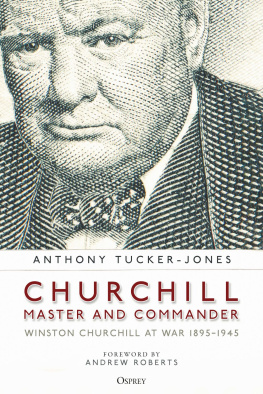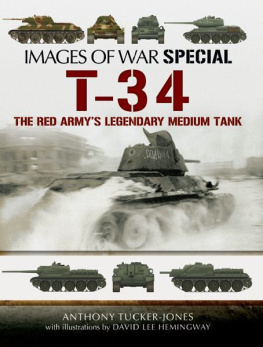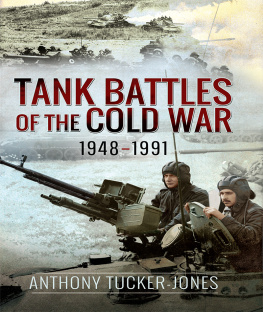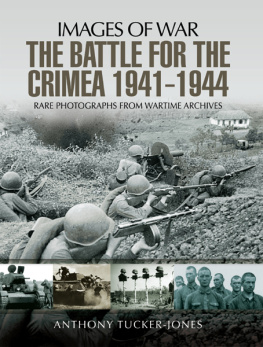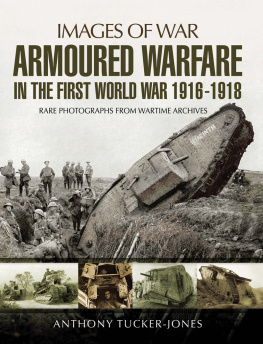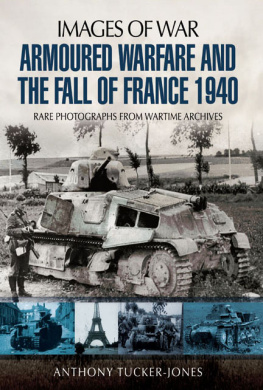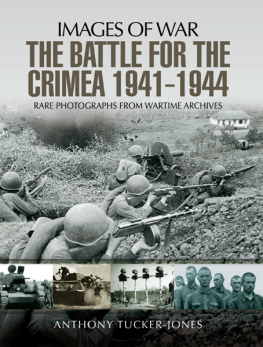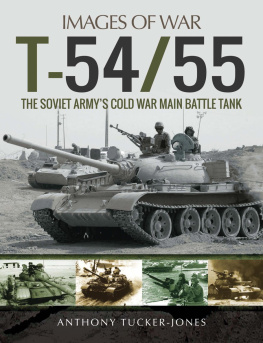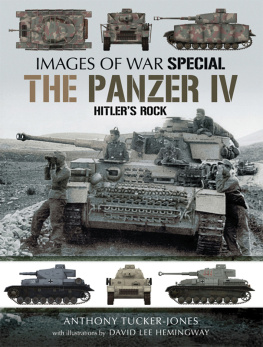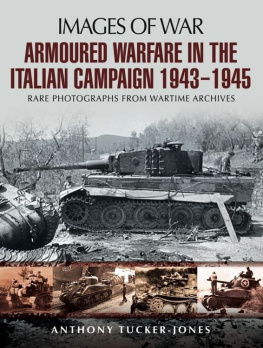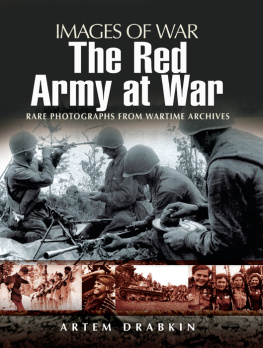

First published in Great Britain in 2012 by
PEN & SWORD MILITARY
an imprint of
Pen & Sword Books Ltd,
47 Church Street,
Barnsley,
South Yorkshire
S70 2AS
Text copyright Pen & Sword Books, 2012
Photographs copyright as credited, 2012
ISBN 978 1 84884 579 4
eISBN 978 1 78303 858 9
A CIP record for this book is available from the British Library.
All rights reserved. No part of this book may be reproduced or transmitted in any form or by any means, electronic or mechanical including photocopying, recording or by any information storage and retrieval system, without permission from the Publisher in writing.
Frontispiece: Two Northern Alliance fighters in Afghanistan: one has the newer AKM while his comrade has an RPG-7. ( Via Author )
Typeset in Gill Sans 12pt by Chic Media Ltd
Printed and bound by CPI Group (UK) Ltd, Croydon, CR0 4YY.
Pen & Sword Books Ltd incorporates the Imprints of
Pen & Sword Aviation, Pen & Sword Family History, Pen & Sword
Maritime, Pen & Sword Military, Pen & Sword Discovery, Wharncliffe Local
History, Wharncliffe True Crime, Wharncliffe Transport, Pen & Sword
Select, Pen & Sword Military Classics, Leo Cooper,
The Praetorian Press, Remember When, Seaforth Publishing and
Frontline Publishing.
For a complete list of Pen & Sword titles please contact
Pen & Sword Books Limited
47 Church Street, Barnsley, South Yorkshire, S70 2AS, England
E-mail: enquiries@pen-and-sword.co.uk
Website: www.pen-and-sword.co.uk
Contents
Photograph Sources
While this book aims to provide the reader with a very brief history of the AK-47, it more importantly offers a visual record of the day-to-day impact of the weapon on the battlefield up to the present day. it is illustrated with a wealth of archive photos ranging from the Vietnam War to the Coalitions invasion of Iraq and beyond.
Illustrating and mapping the combat evolution of the AK-47 and its very numerous variants and copies is no easy task; as it has been involved in practically every single conflict since the Second World War, it would simply be impossible to show them all. What follows is largely a subjective selection drawn from a wide variety of sources, including the authors own extensive military photo collection.
In illustrating this book the author is greatly indebted to Igor Bondarets, Erwin Franzen and Julian Gearing, who regularly covered the wars in Afghanistan and elsewhere during the 1980s and 1990s, as well as Itzhak Bar-Zait. Igor specialised in the Soviet Army, while Erwin and Julian spent considerable time with the Mujahideen (a separate title in this series on the SovietAfghan war will further highlight their work). their kindness and generosity in assisting with this project is greatly appreciated.
The author would also like to thank the numerous combat photographers of the US Department of Defense, US Army, US Navy, US Air Force and ISAF Media for sharing their work in Afghanistan and Iraq; without them this book would certainly not have been possible.
Introduction
The Kalashnikov assault rifle, generically known as the AK-47, is the most famous small arm ever produced. It is a weapon that has transcended both its designer and country of origin to become the most prolific and iconic weapon in the world. in addition, it has become a brand that has been used to sell everything from t-shirts to vodka.
Although it was introduced in the late 1940s, it first made its decisive presence felt in action during the Vietnam War, when the Vietnamese Communists were supplied it by China and the weapons durability became legendary. Since then it has been employed in practically every single conflict across the globe. it has surely became the symbol of all wars of national liberation, but perhaps its most iconic moment came in the hands of the Mujahideen fighting to oust the Soviets from Afghanistan.
The sleek assault rifle with the banana-shaped magazine is synonymous with militant insurgency and is a common sight in all the worlds trouble spots, including Afghanistan, Iraq, Libya, Somalia and Yemen. It is a very robust and easy to use weapon that has been in service throughout the world for over sixty years. The Kalashnikovs is a story of unrivalled success.
To give some measure of this weapons success (perhaps proliferation might be a better word), an estimated fifty to one hundred million have been produced. the next most common assault rifles are the German-designed G3 and the American M16, of which fifteen and five million have been manufactured respectively. The AK easily outstrips the US-produced M16 by a factor of ten to one.
In addition, the Kalashnikov has been the inspiration behind assault rifles made in Finland, Israel and South Africa, to name but a few. Most notably the Finnish Sako M60, M62 and M76, the Israeli Galil ARM/AR assault rifles and the South African R4 all draw on the design qualities of the AK-47.
I first came across the Kalashnikov assault rifle during the 1980s when I was attending a civilian staff course at Sandhurst Military Academy, while serving with British Defence Intelligence. At the time at the height of the Cold War our obsession was the Soviet Union and everyone was well aware of the durability and ubiquitous nature of the famed Kalashnikov. We were taken out on to the ranges by an instructor whose role was to familiarise us with standard issue small arms of the worlds armies. Among them was the American M16, the British SA80 (which had just come into service, despite numerous teething problems), the Soviet AK-47 and its slightly younger and lighter brother the AKM, and the Soviet Armys latest version, the AK-74. the latter, plus the light machine-gun variant known as the RPK-74, had only fallen into British hands in recent years courtesy of the Mujahideen in Afghanistan.
The instructor proceeded to fire a few rounds from the AKM, warning us of the dangers of muzzle lift and the technique known as spray and pray so favoured by the worlds guerrilla and insurgent forces. He also warned that a rate of fire of 600 rounds per minute means its very easy to empty the thirty-round magazine. In addition, one has to be careful for some Kalashnikov variants expel their spent cartridges to the right by as much as 40ft, thereby showering everyone in the vicinity.
Then he proceeded to remove the receiver cover and drop a handful of dirt into the receiver mechanism. These, he said, pointing at the array of firepower lying on the ground, will jam every time without fail if not kept clean. This, he said, reassembling the weapon, makes no difference. He handed the assault rifle to an alarmed student, saying, Go on then, sir, you know you want to. its idiot proof and very, very reliable. He gave everyone else a reassuring wink.
It was then that I fully realised that every time you see news footage of a conflict in some far-off country, it is inevitable that some of the combatants are likely to be armed with The AK-47. The Kalashnikov assault rifle long ago escaped its creator and has been manufactured by well over a dozen countries. As a result it has thwarted all attempts at effective small arms control and helped fuel almost every single conflict since the end of the Second World War. So many have been manufactured that you could give two to every man, woman and child in the UK.



